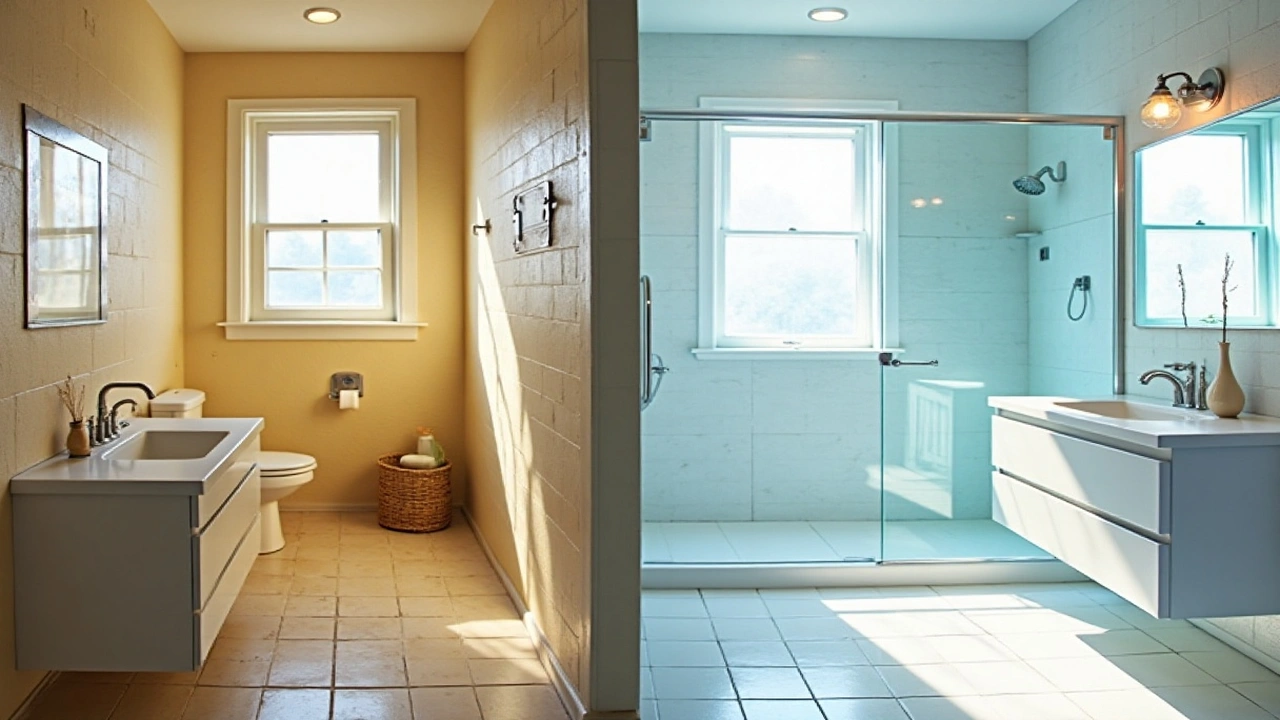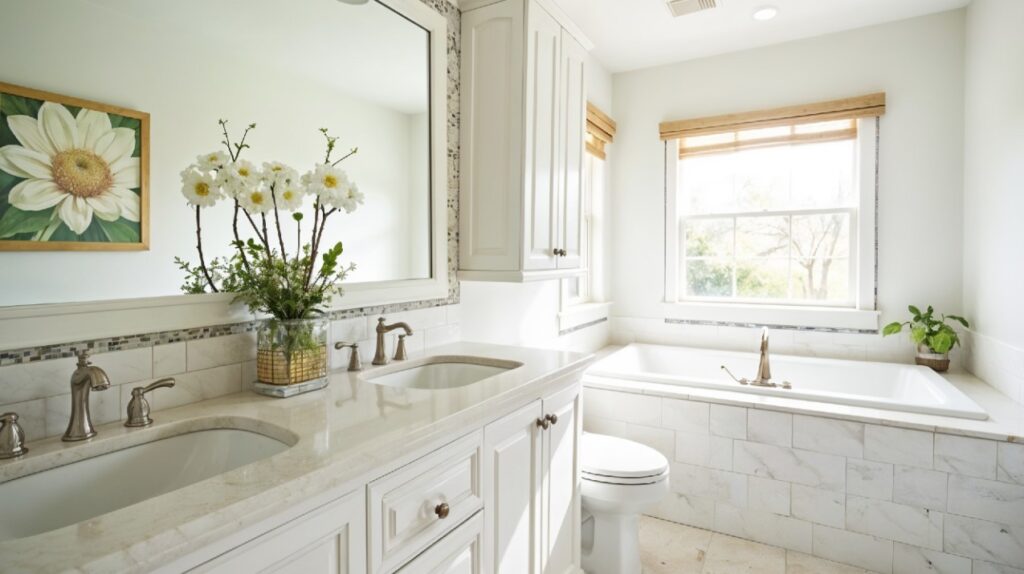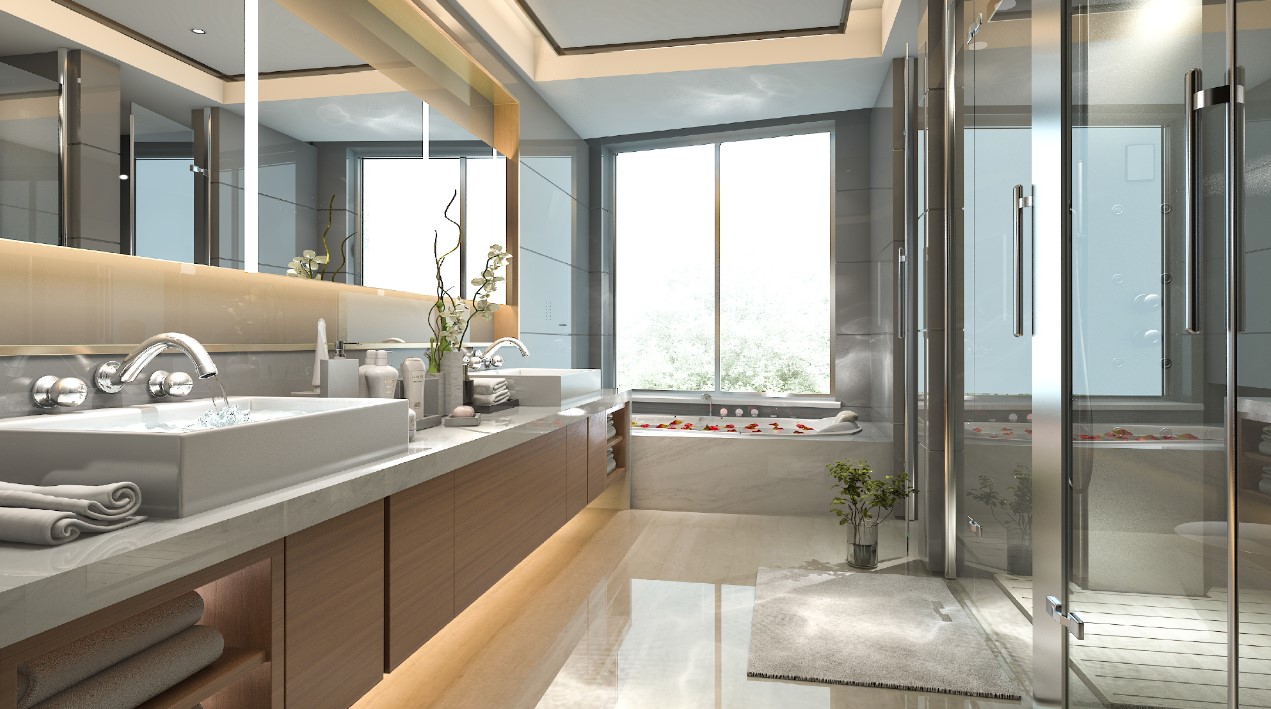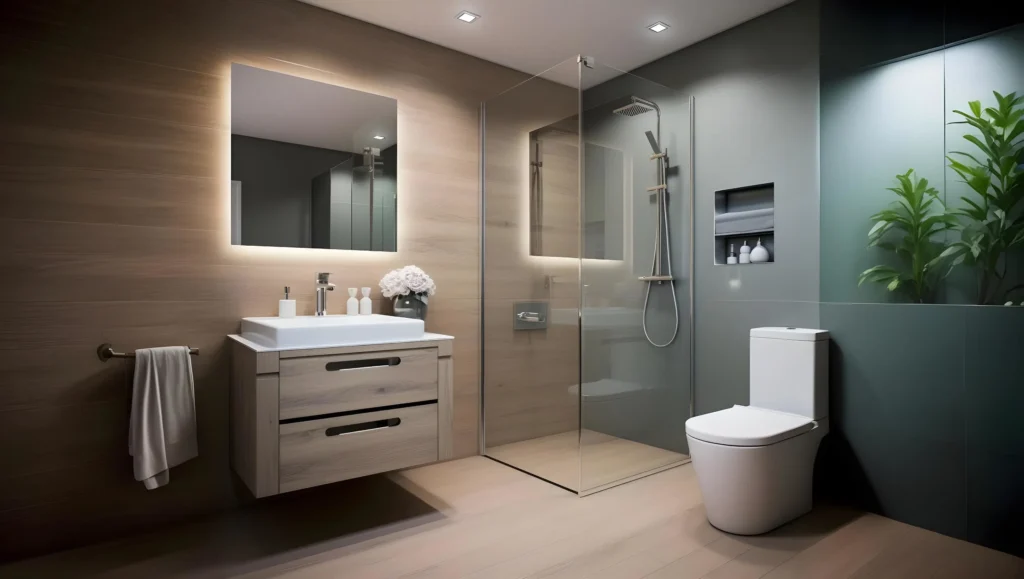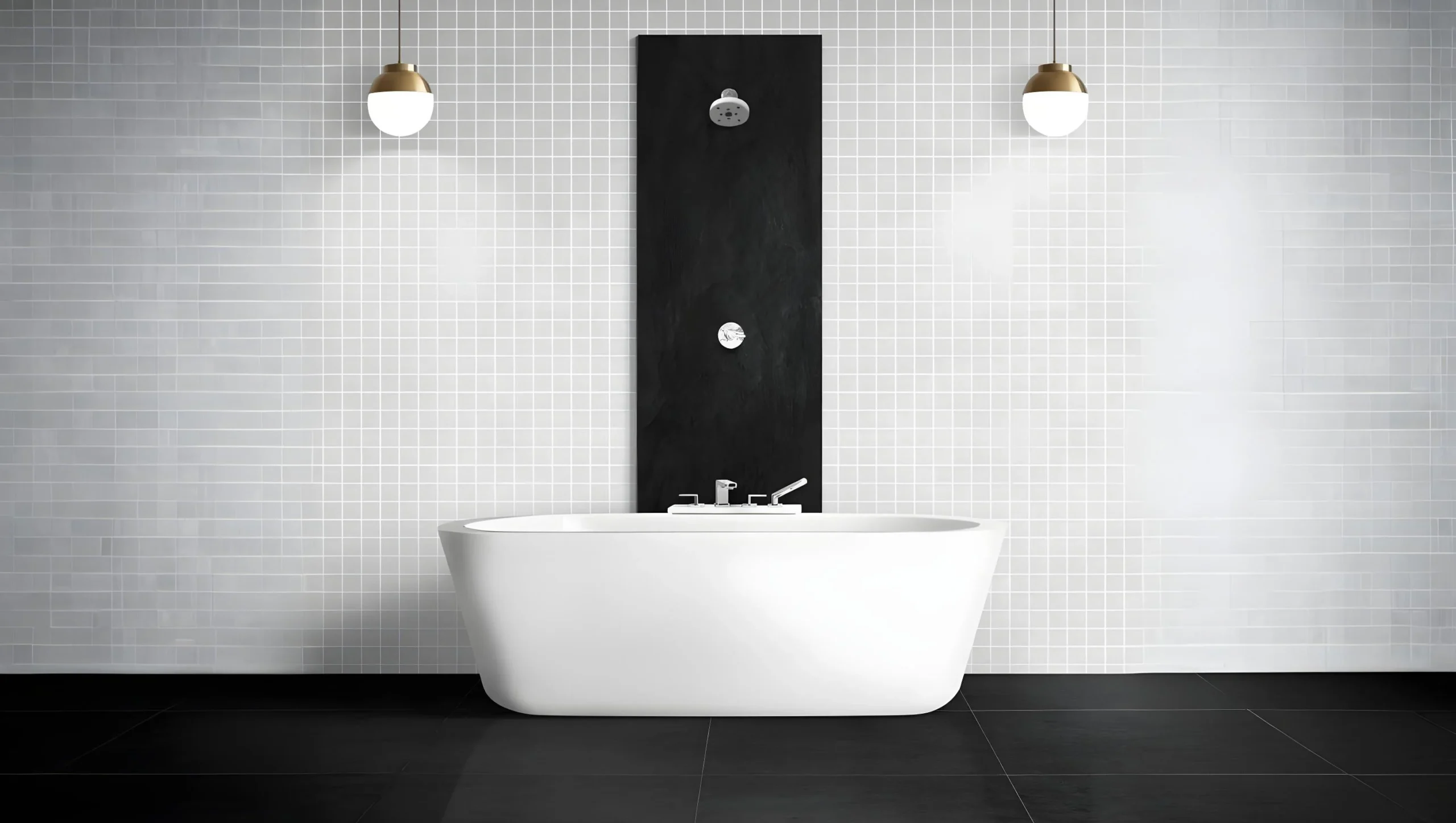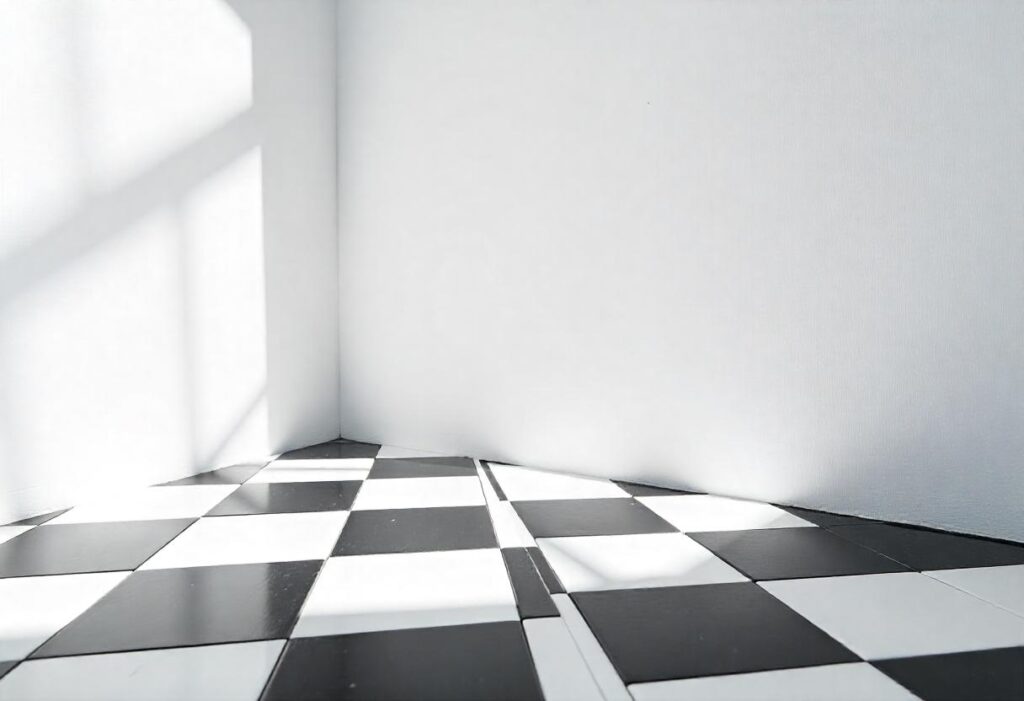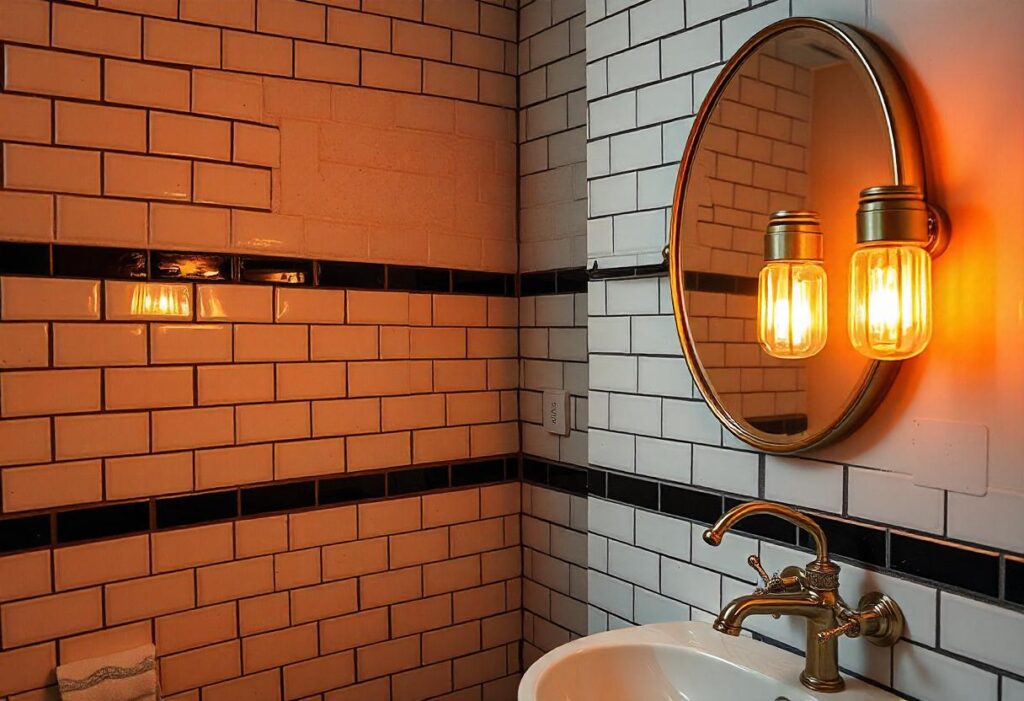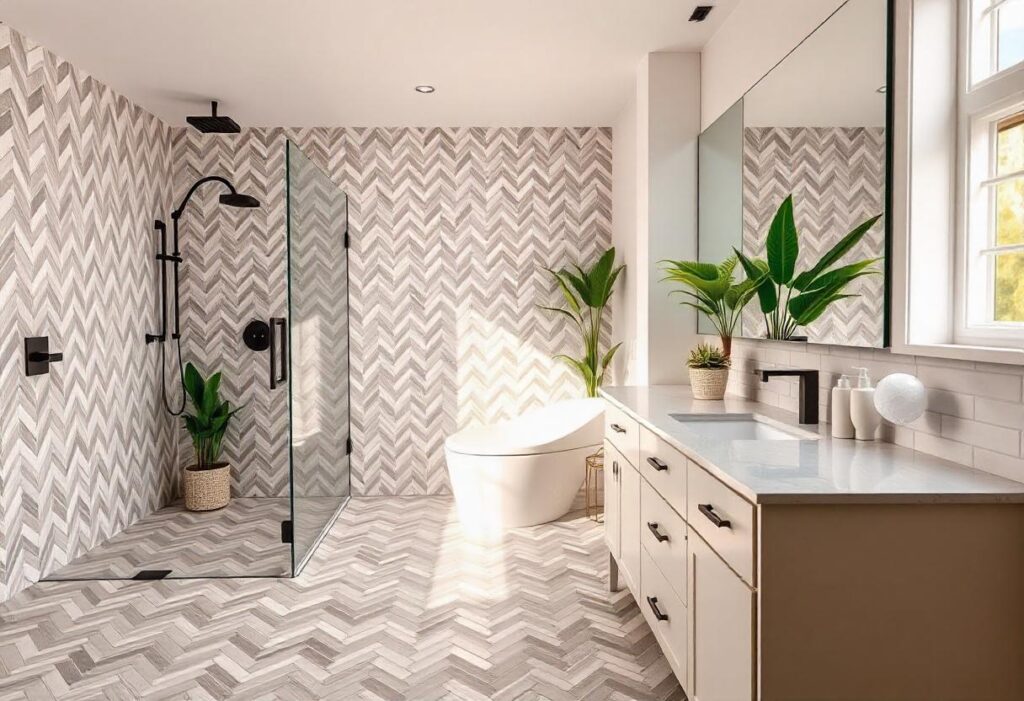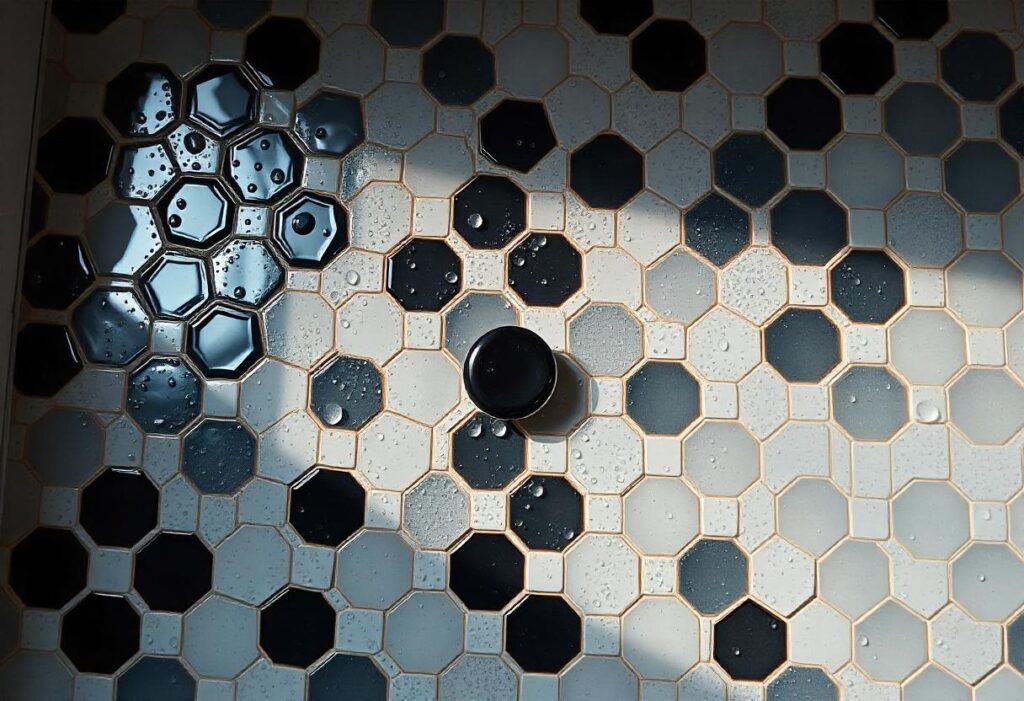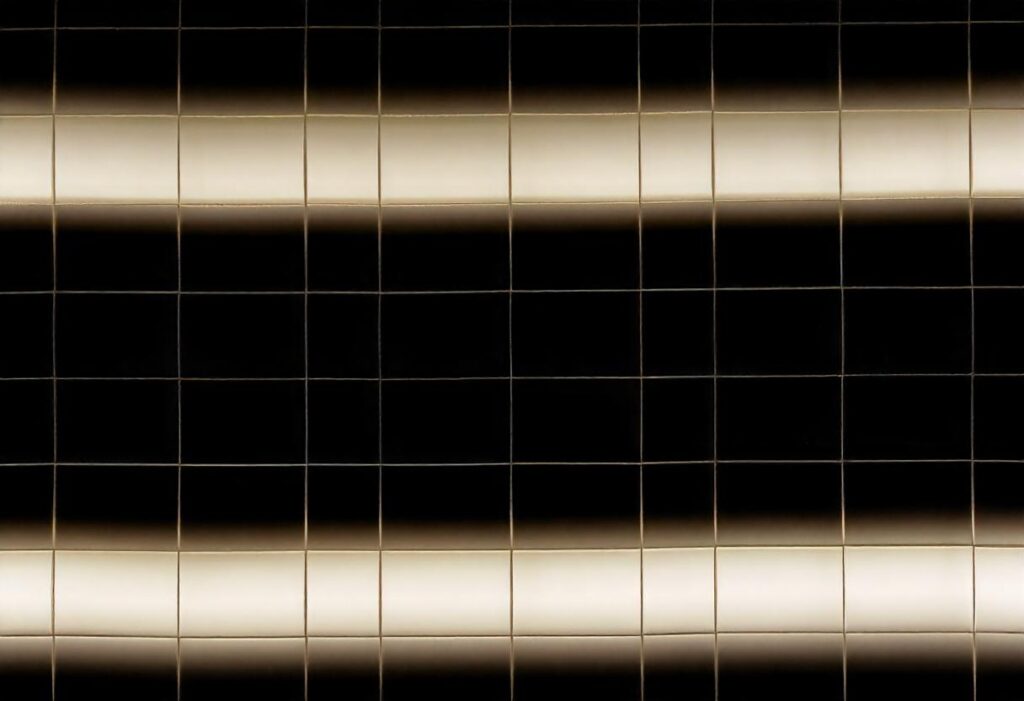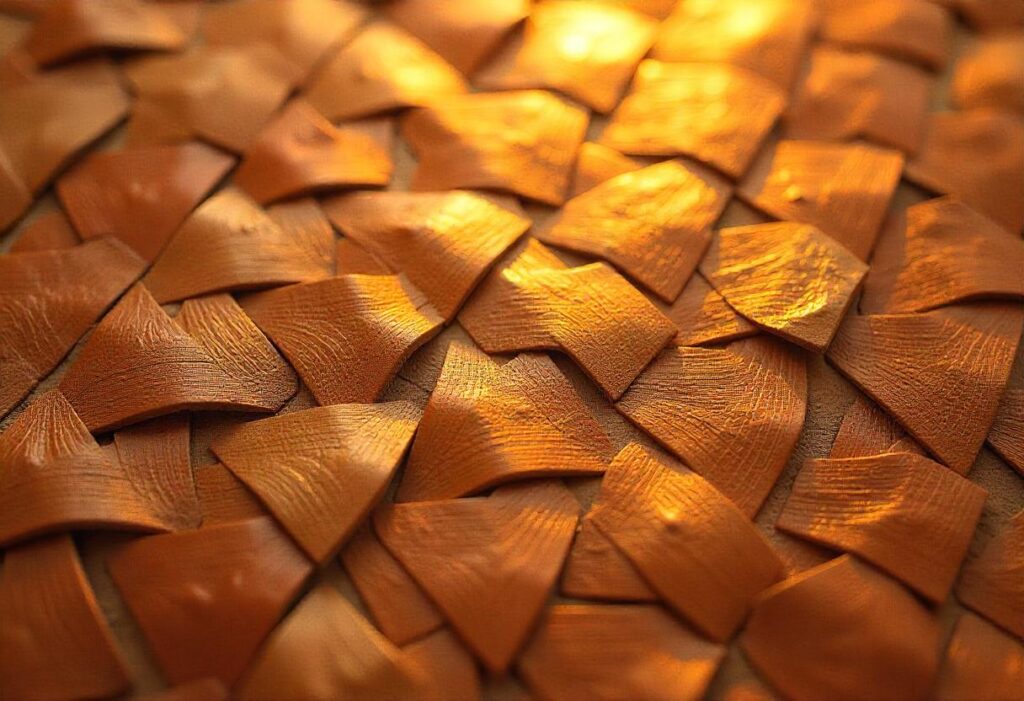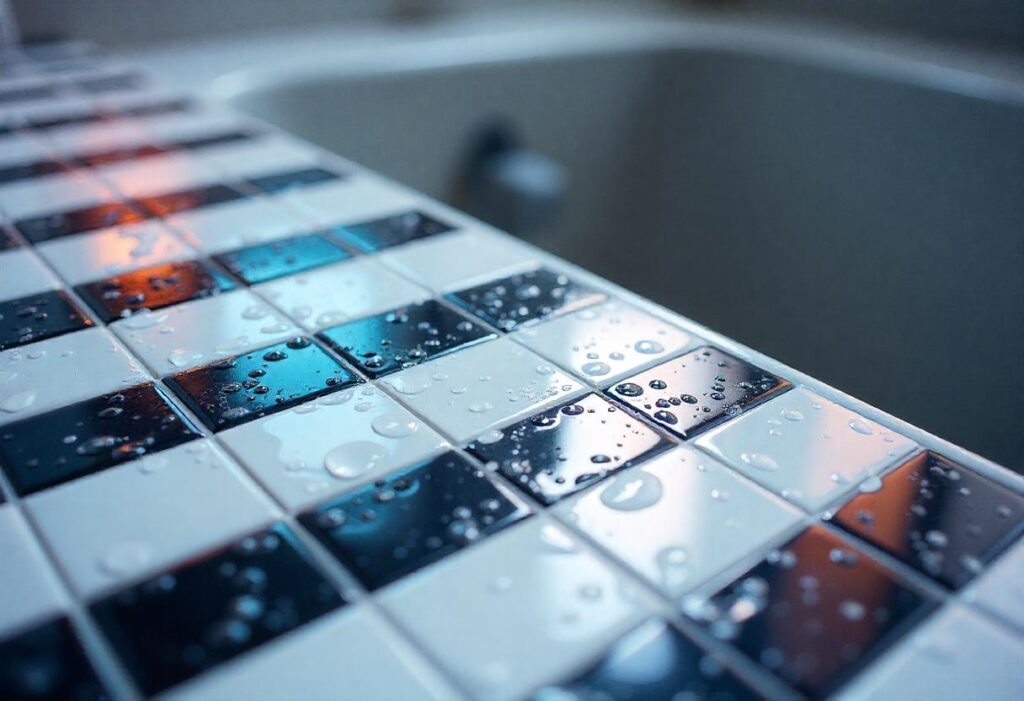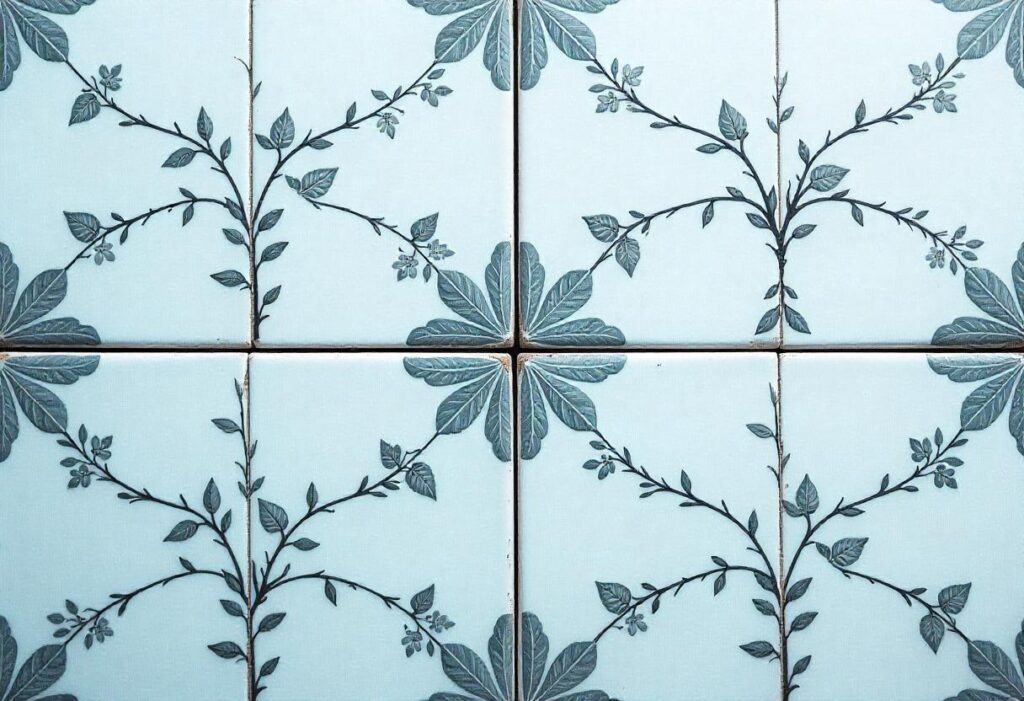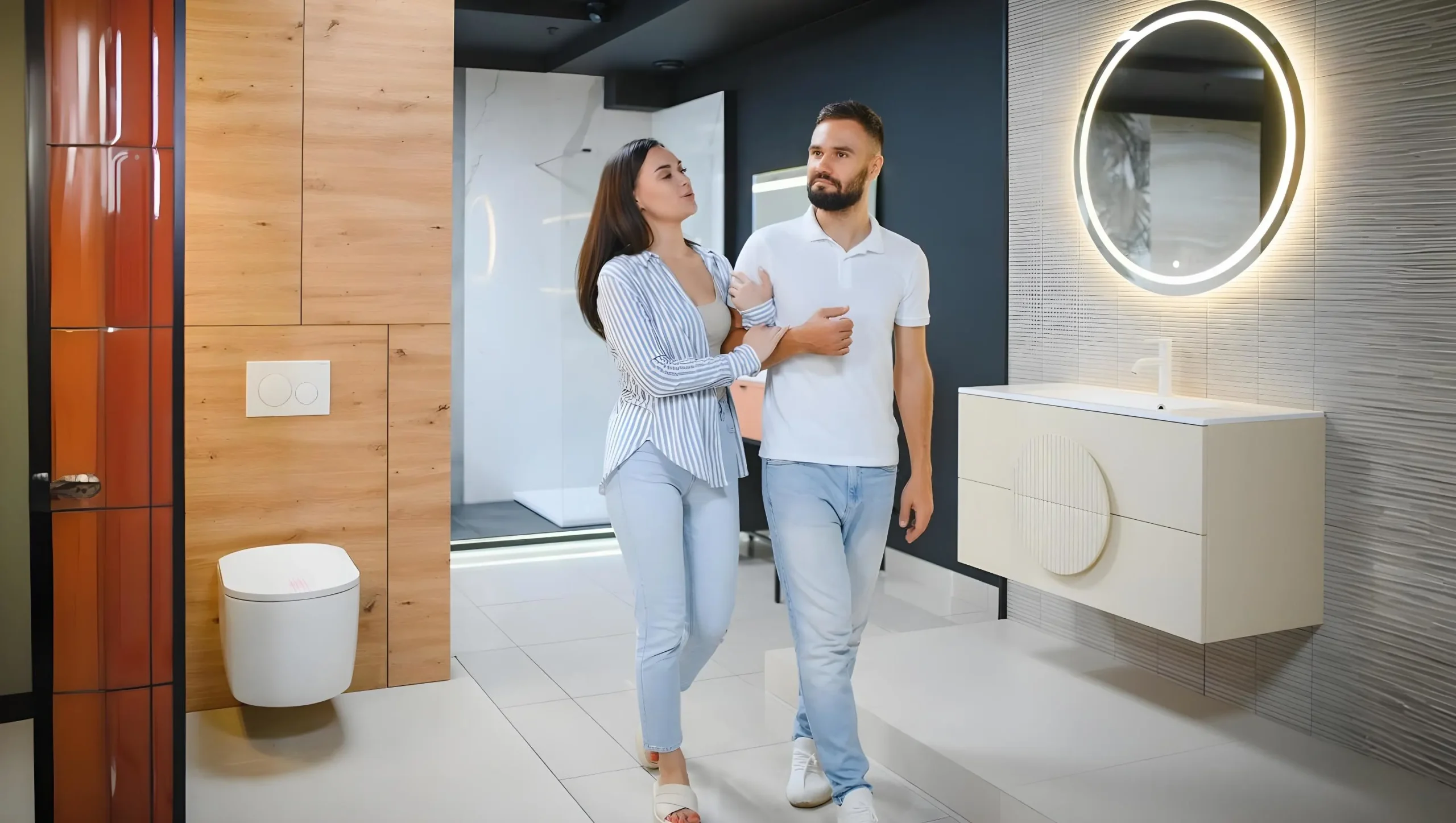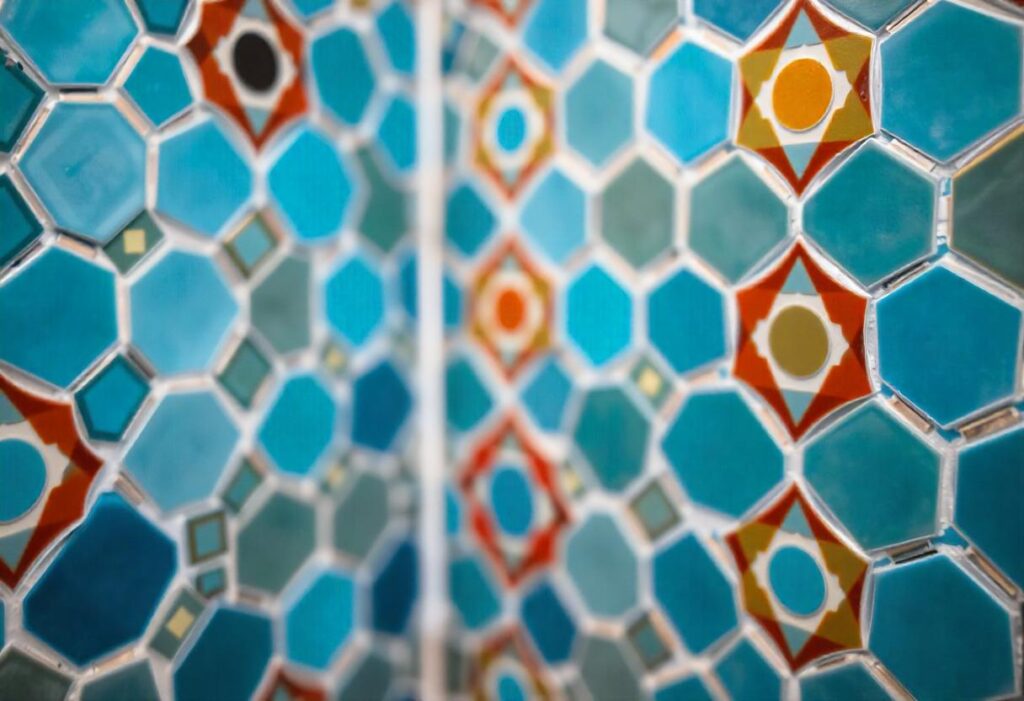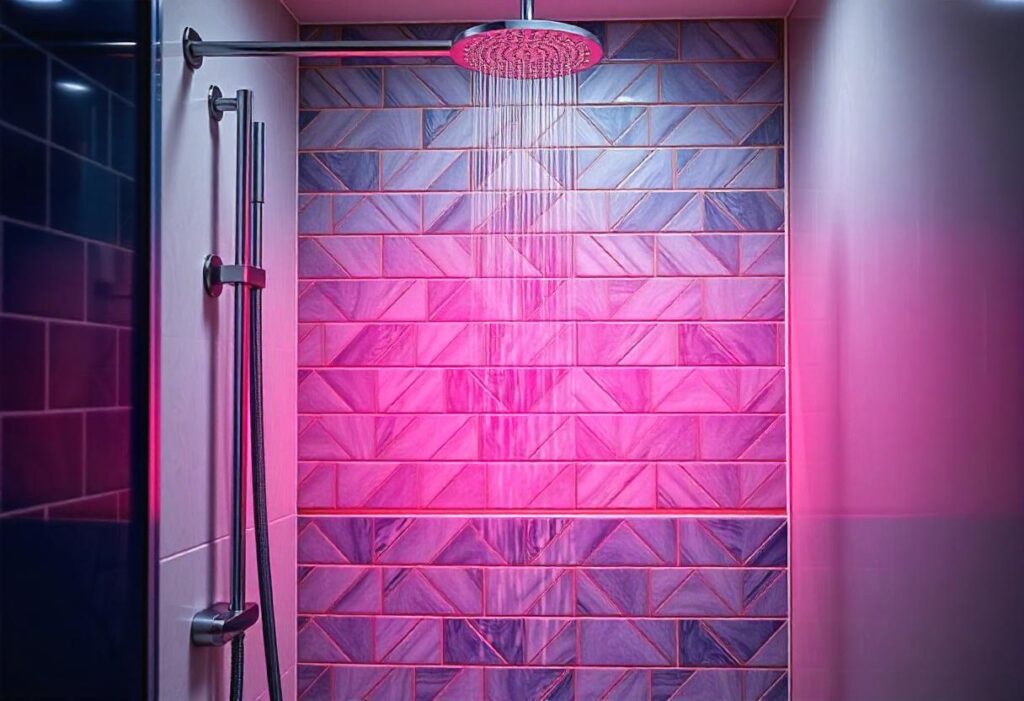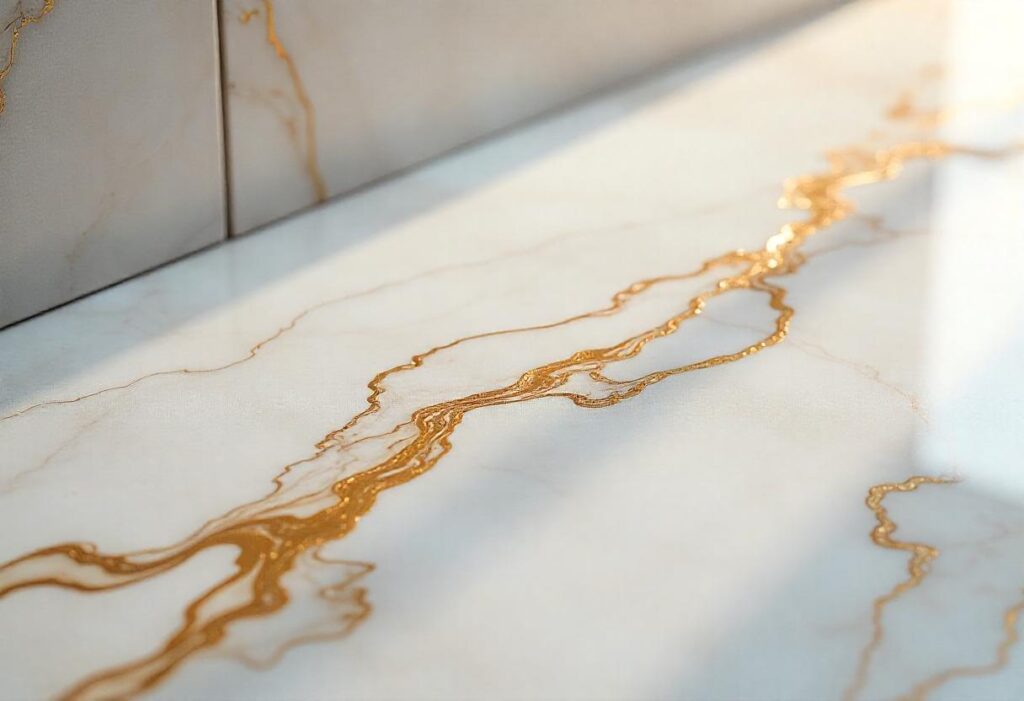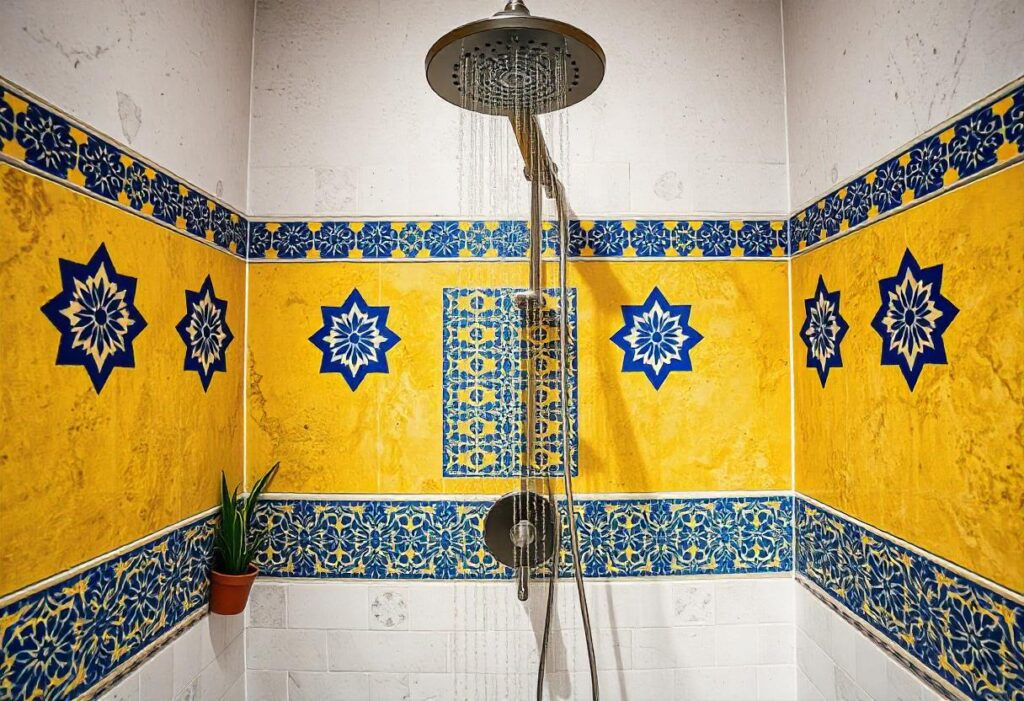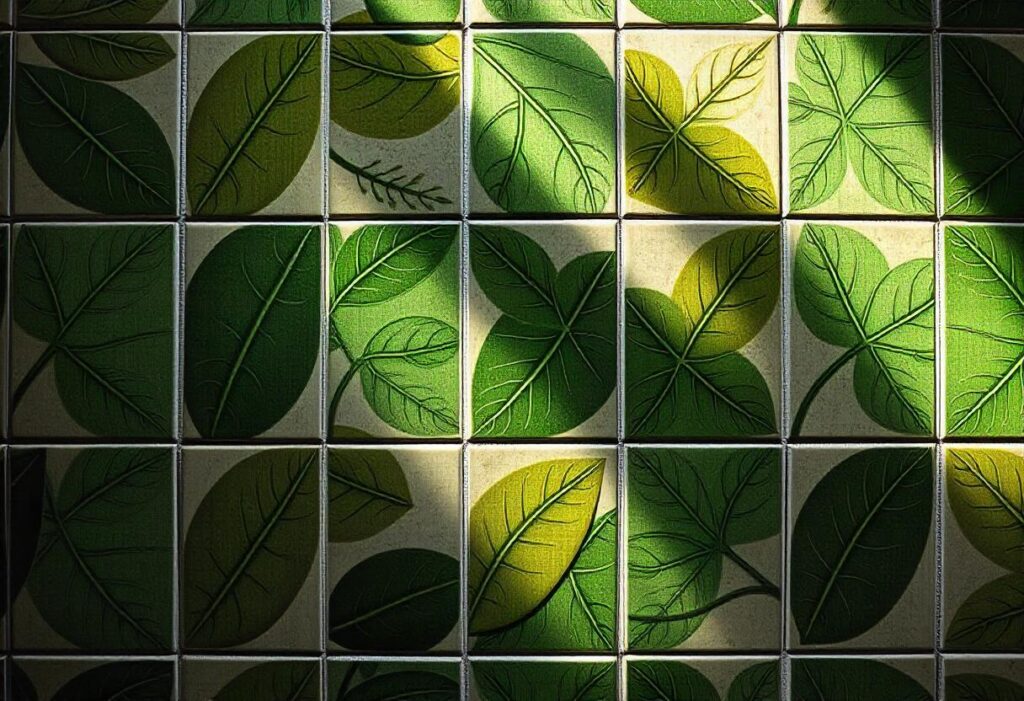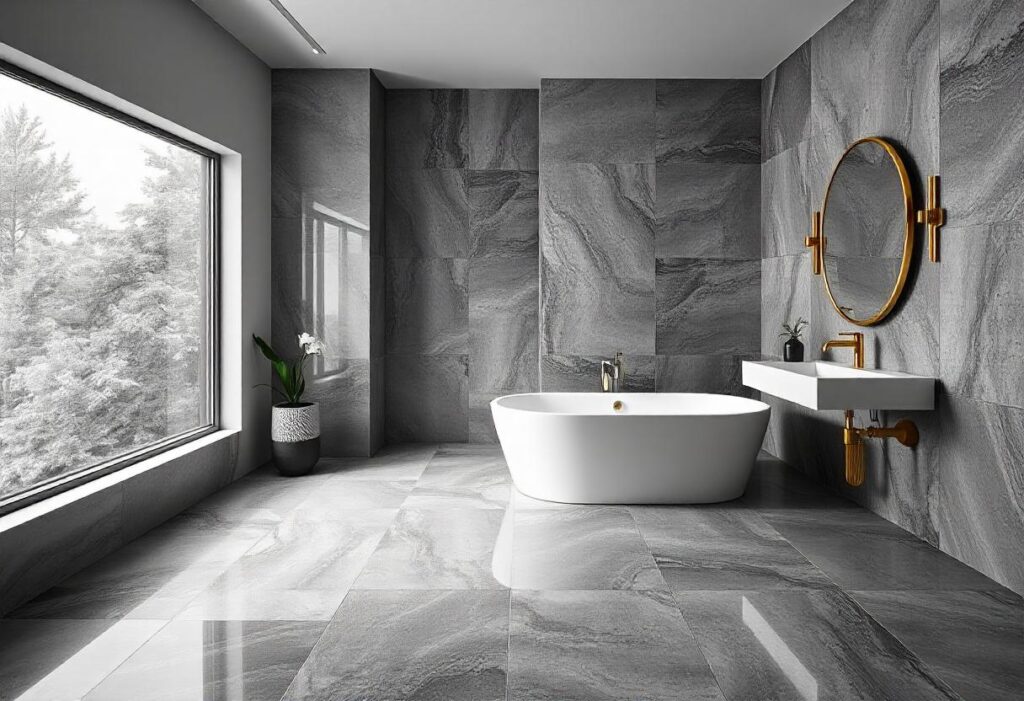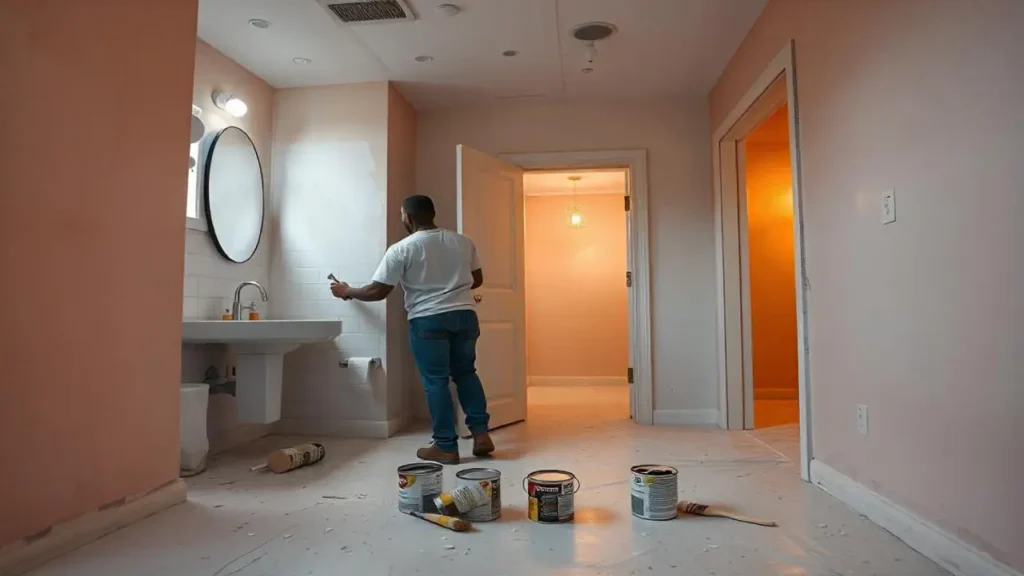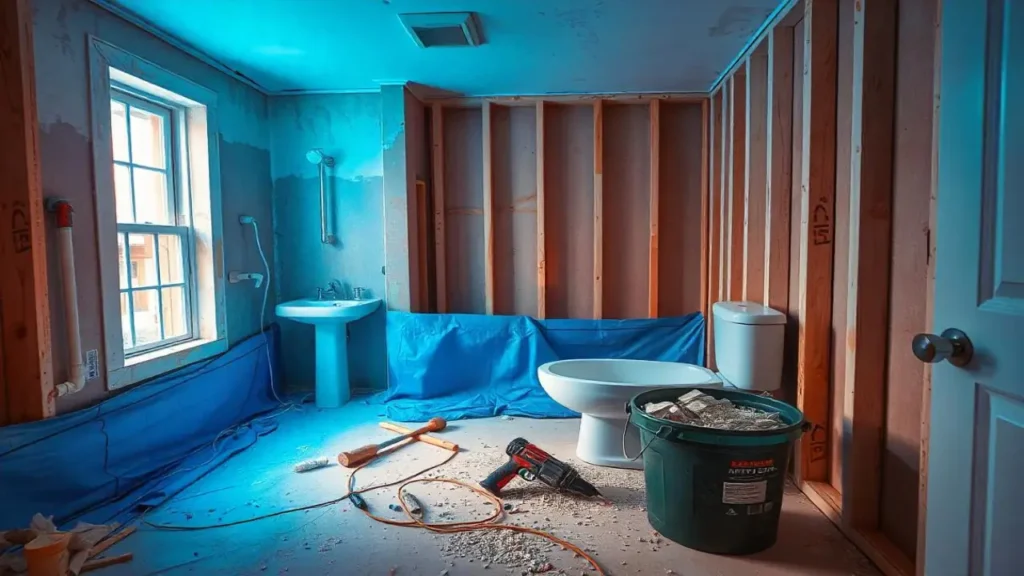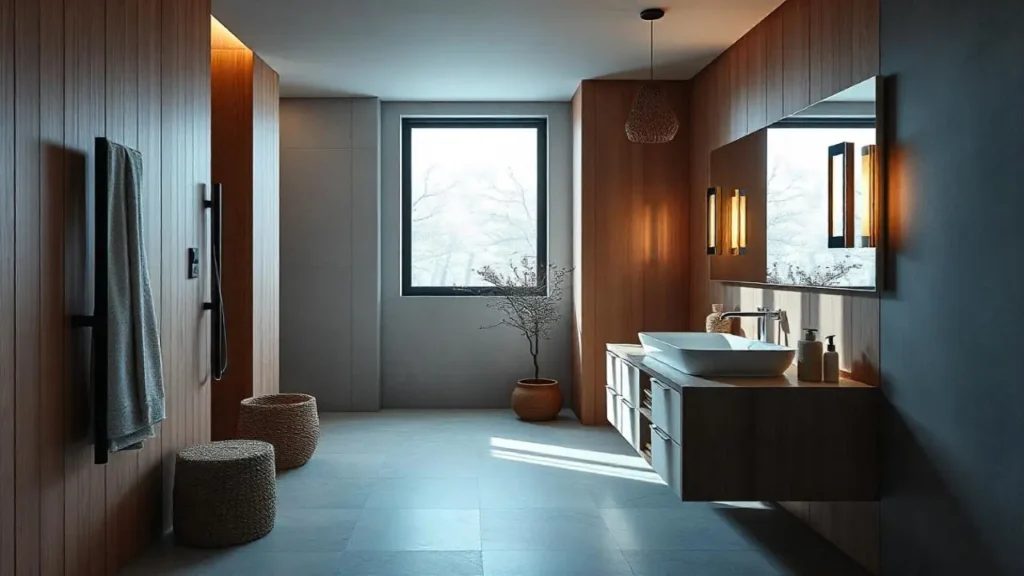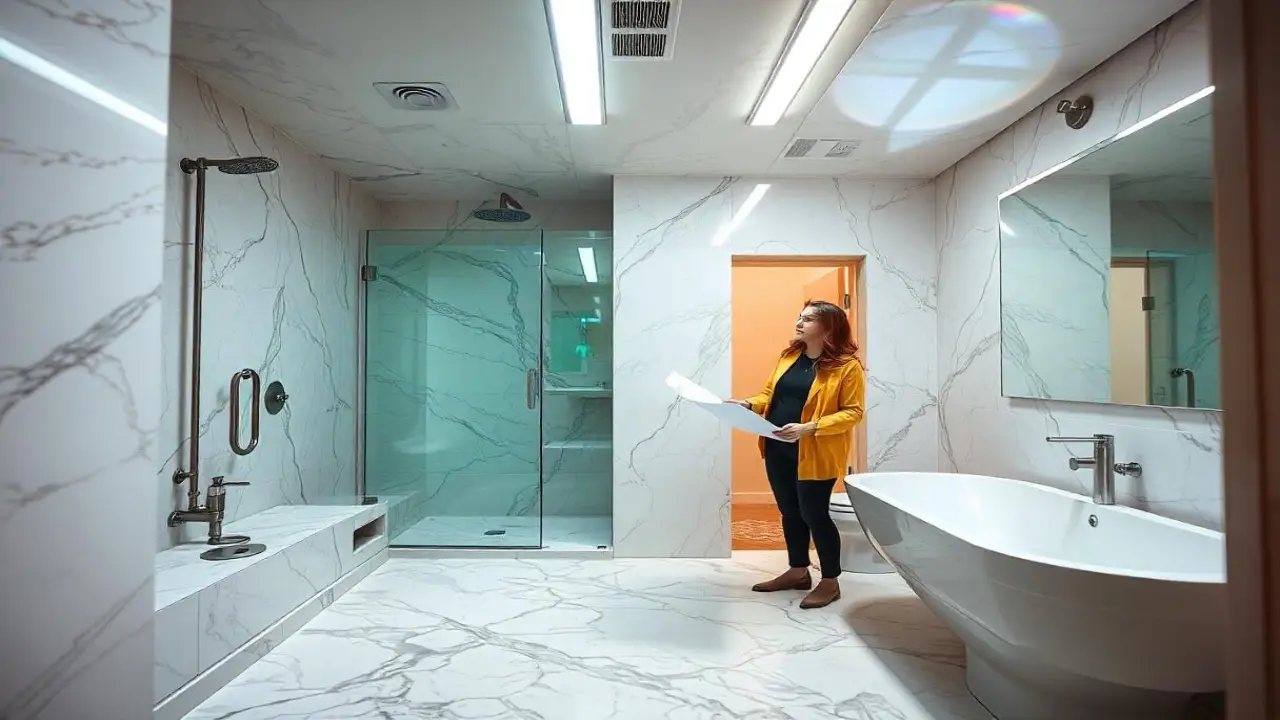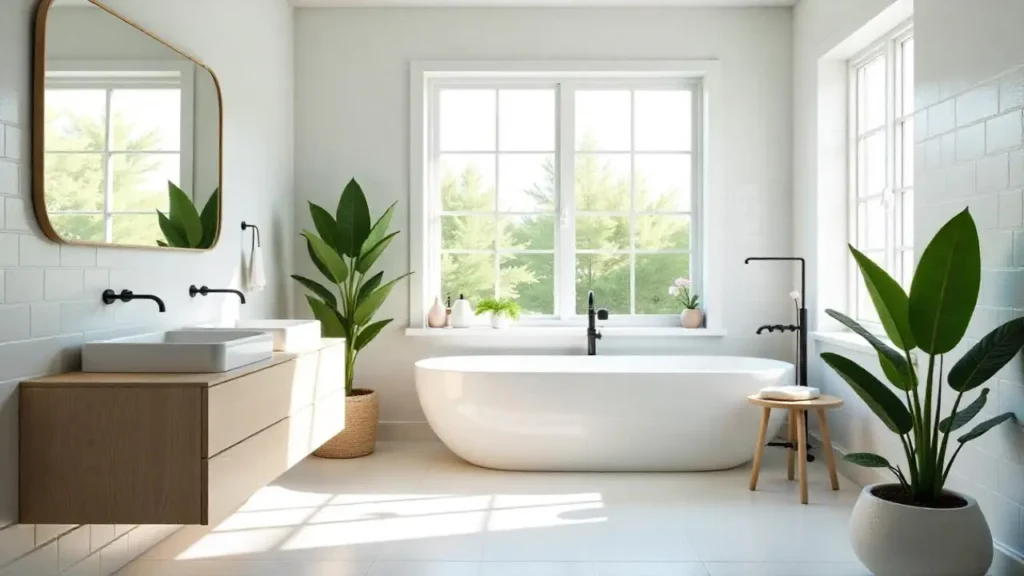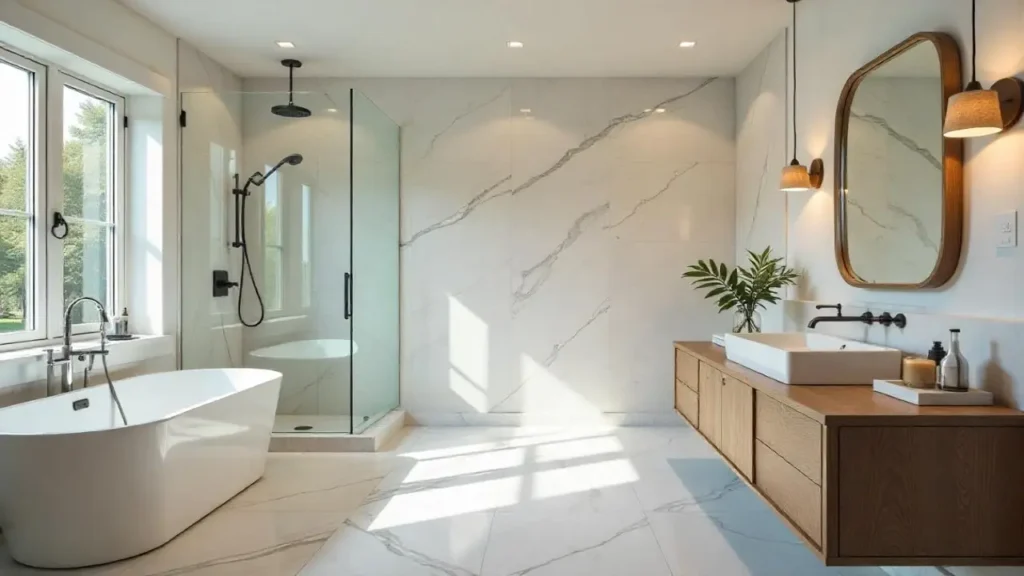You’ll agree when I say that nothing compares to a jaw-dropping before-and-after bathroom transformation. In fact, whether you’re dealing with outdated tiles, cramped layouts, or boring color schemes, a smart remodel will completely redefine your space.
But having helped countless homeowners bring their bathroom ideas to life, I can tell you that finding inspiration for a custom bathroom remodel isn’t a piece of cake either.
And that’s exactly why I’ll walk you through the trendiest bathroom remodel before and after images, each showcasing a unique design and layout.
Drawn from real-life projects and featured by top design experts, these images will give you the inspiration you need for your bath renovation.
So, let’s get started.
The top trending bathroom remodel before and after images
1. Builder-grade blah to spa-like retreat
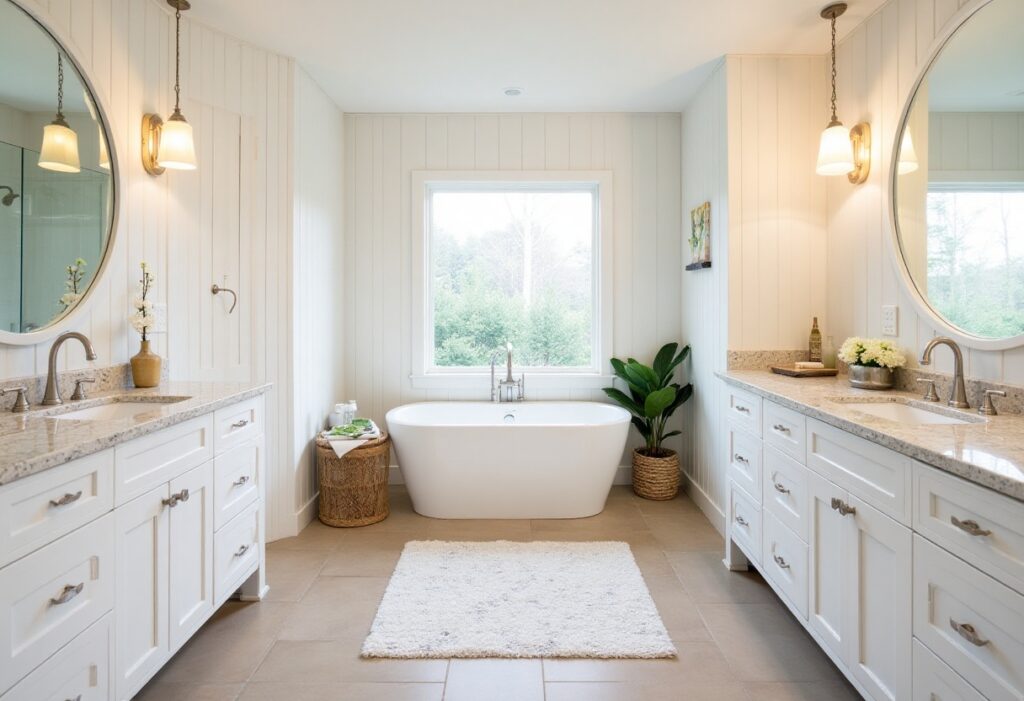
This bathroom was a textbook case of bland and featured beige tiles, a basic vanity, and a no-frills tub-shower combo. But a simple remodel and a week later, it turned it into a spa-inspired haven.
The renovation introduced a freestanding soaking tub, soft pendant lighting, and vertical shiplap walls that brought texture and warmth.
Here, natural wood tones and organic decor like woven baskets helped create a serene and retreat-like vibe. Plus, the palette shifted to calming neutrals like soft whites and warm grays for a timeless look.
Remodel Your Bathroom for a Stunning Before & After!
Makeover your old bathroom and get stunning results with expert bathroom remodeling services.

2. Cramped powder room to sleek oasis
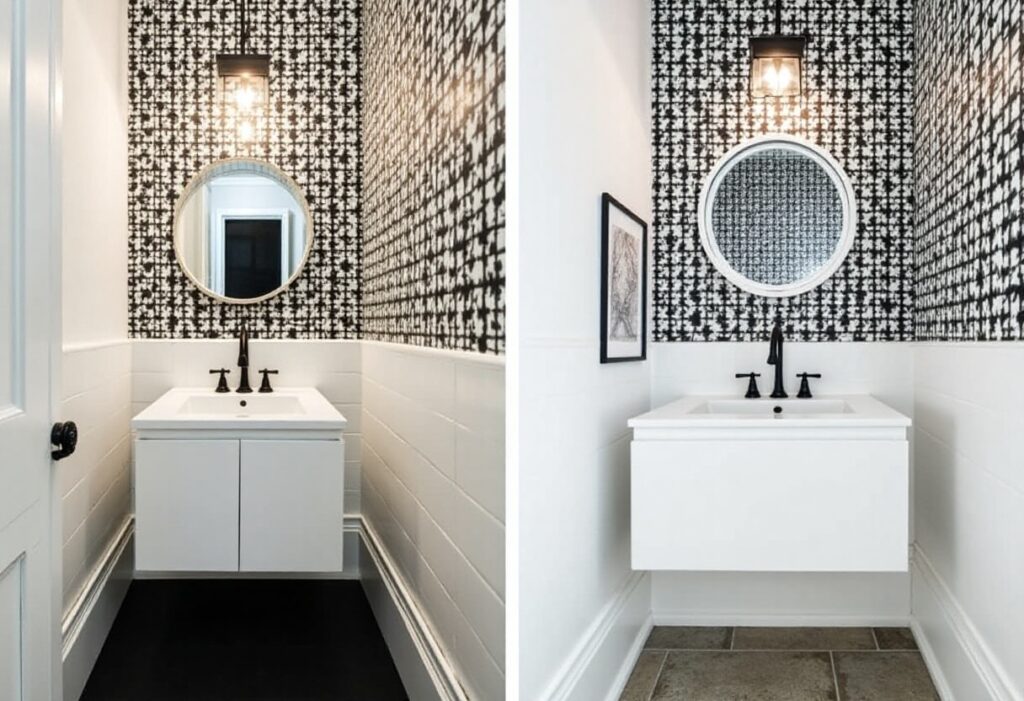
Originally, this tiny half-bath felt dark, outdated, and cramped. So, it’s not surprising that this space was ignored, unused, and almost forgotten.
However, the transformation followed minimalism with a floating vanity, freeing up floor space and giving the illusion of a larger room. Also, a wall-mounted faucet and backlit round mirror kept things sleek, while black-and-white graphic wallpaper turned the walls into a stylish focal point.
Not to mention the highlight of this bathroom renovation before and after where modern lighting and updated hardware tied it all together.
3. Pink tile nightmare to contemporary chic
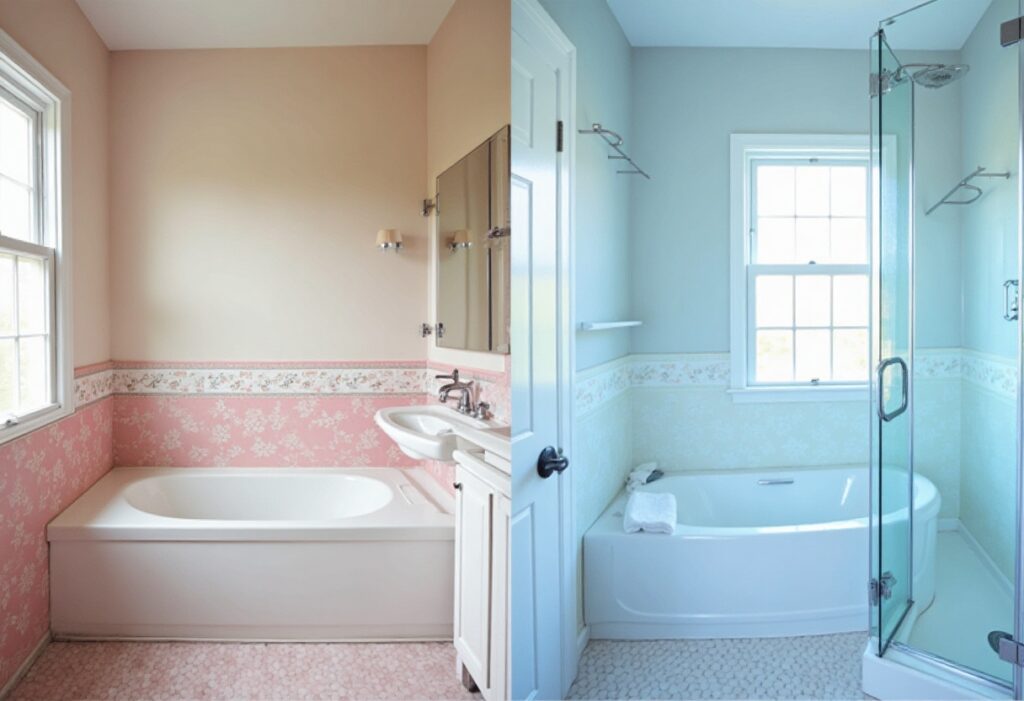
Stuck in the 1960s, this bathroom had floor-to-ceiling pink tiles and outdated chrome fixtures.
Now, although the renovation kept the original footprint, it dramatically changed the vibe with modern matte black finishes and white hexagon tile flooring.
Also, the renovation plan brought about a frameless glass shower instead of the old tiled shower enclosure.
At the same time, a floating vanity with clean lines replaced the old clunky cabinetry.
The result: Fresh contrast between black and white tiles made the space feel current and edgy.
4. From tub to walk-in shower conversion
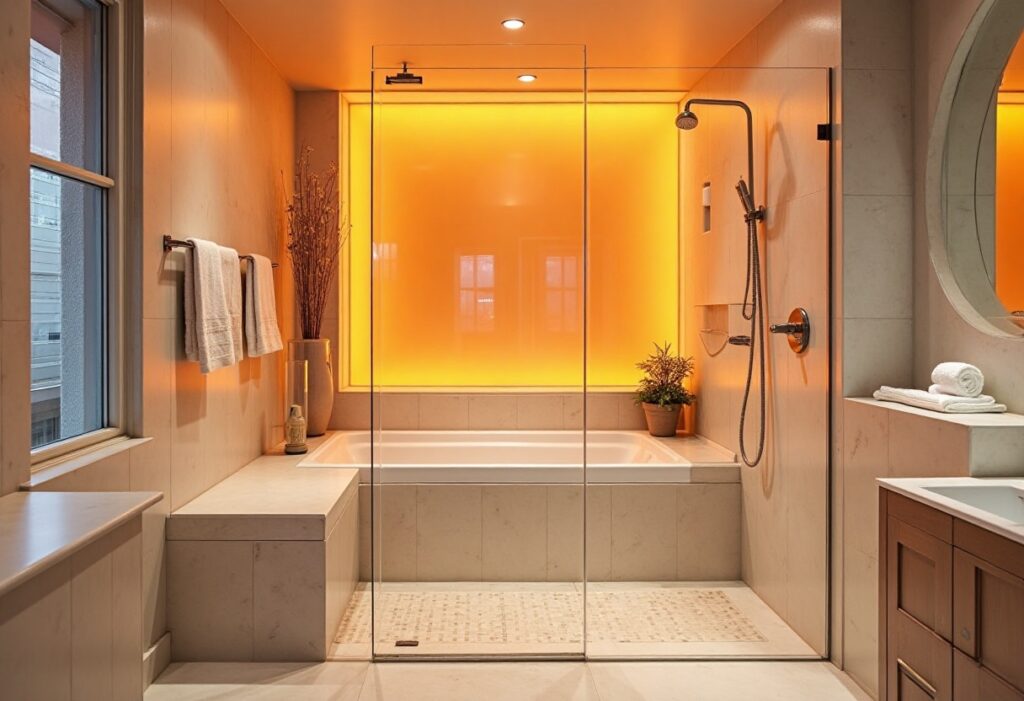
The homeowners hadn’t used this tub in years. So, they replaced it with a spacious walk-in shower.
This shower features a built-in bench, rainfall showerhead, handheld sprayer, and a frameless glass enclosure.
But it’s not just about aesthetics.
You see, apart from looking elegant, the new shower also improved accessibility. Here, wall niches for toiletries and large-format tiles added functionality and a clean finish.
That’s awesome, isn’t it?
5. Overhead lighting to layered illumination

As you can see in these bathroom remodel before and after images, the bath’s sole ceiling light had left the space dim and shadowy. And that’s exactly why renovators focused mostly on illumination.
The renovation layered the lighting very thoughtfully. And with sconces flanking the mirror, a central pendant adding overhead brightness, and under-vanity LEDs providing a gentle glow, this bath now looks top-notch.
Further, with a large mirror placed in the center, these changes made the bathroom feel way more larger and inviting.
6. Basic vanity wall to custom built-in storage
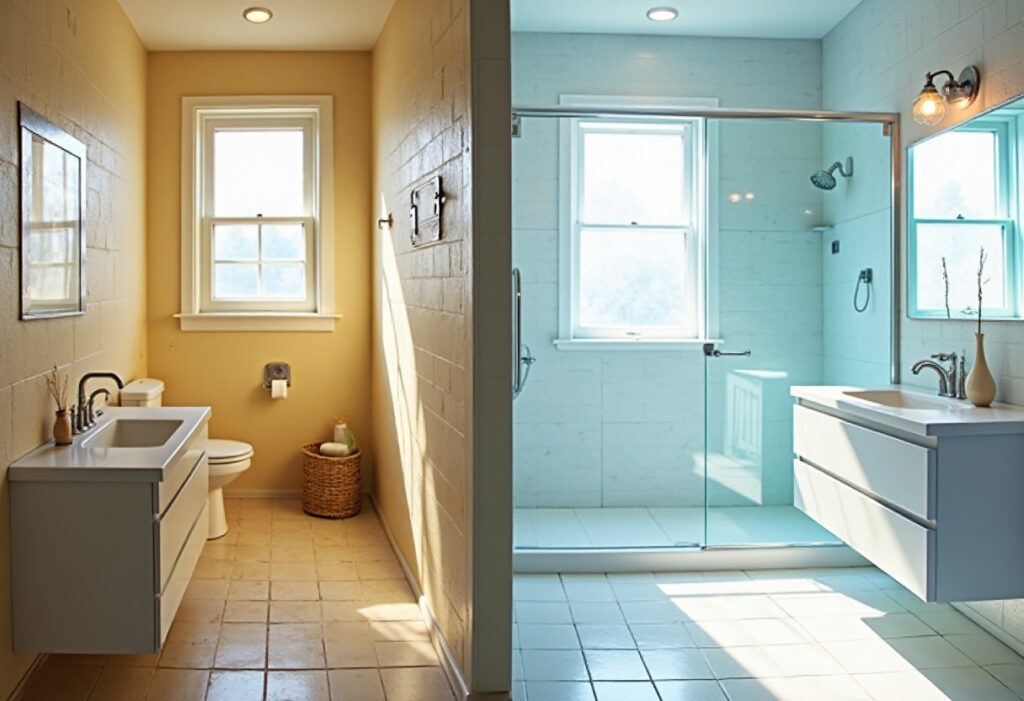
This bath remodel before and after is a classic example of zero utility to highly custom shower renovation.
Earlier, this bathroom featured a pedestal sink with zero storage and no counter space at all.
The update was a genius transformation that brought about a custom-built double vanity and plenty of drawers, under-sink cabinets, and wall-mounted mirrors.
Also, it included open shelves between the mirrors for added style and utility. This improved layout gave each user dedicated space and made it a perfect shared bathroom.
7. Dark outdated bathroom to bright and airy escape
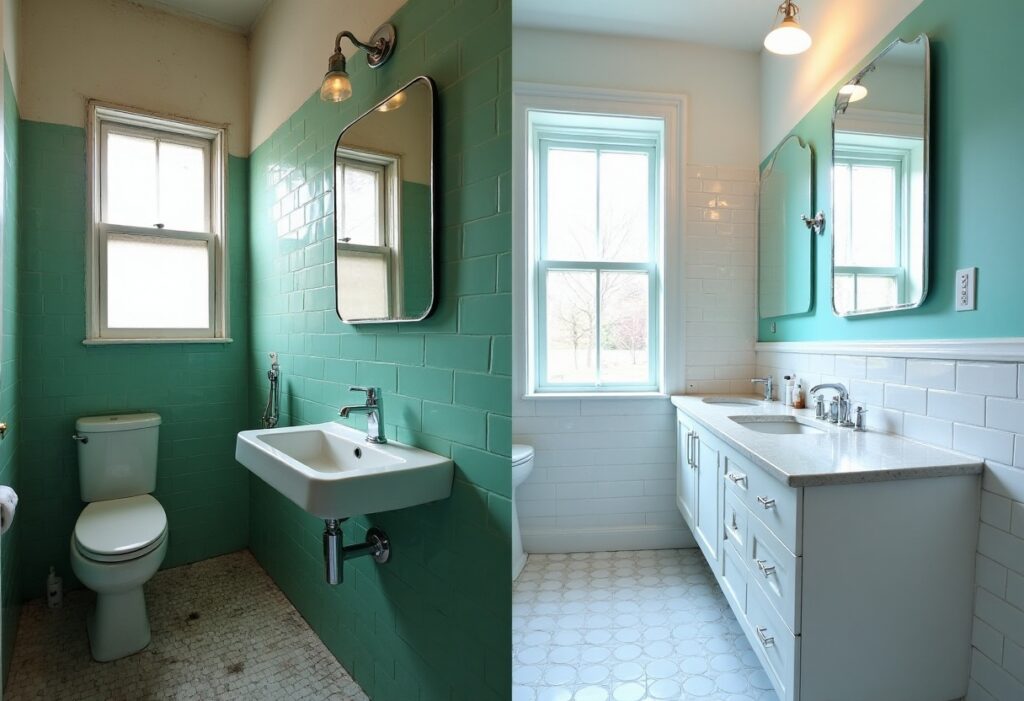
This bathroom felt gloomy because of its dark cabinetry and a windowless layout. Nevertheless, as you can see in the bathroom remodel before and after pics, this space got transformed into a bright and welcoming space.
So, what changed?
Well, the remodeling contractors used light oak hardwood flooring varieties, white subway tile, and a new oversized mirror. Also, they installed LED lighting and a frameless glass shower to help distribute light evenly.
The end result was a bathroom that’s open, fresh, and perfect for energizing morning routines.
8. DIY disaster to Pinterest-worthy bathroom

What started as a poorly patched DIY job with leaky fixtures became a cohesive and stylish bathroom on a budget.
Here, peel-and-stick tiles, a flat-pack vanity from IKEA, and thrifted decor brought this remodeled bathroom over hundred thousand Pinterest views.
Also, the new layout featuring open shelving now holds stylish woven baskets and colorful towels and accessories, adding both functionality and aesthetics without breaking the bank.
9. Jet tub to minimalist wet room
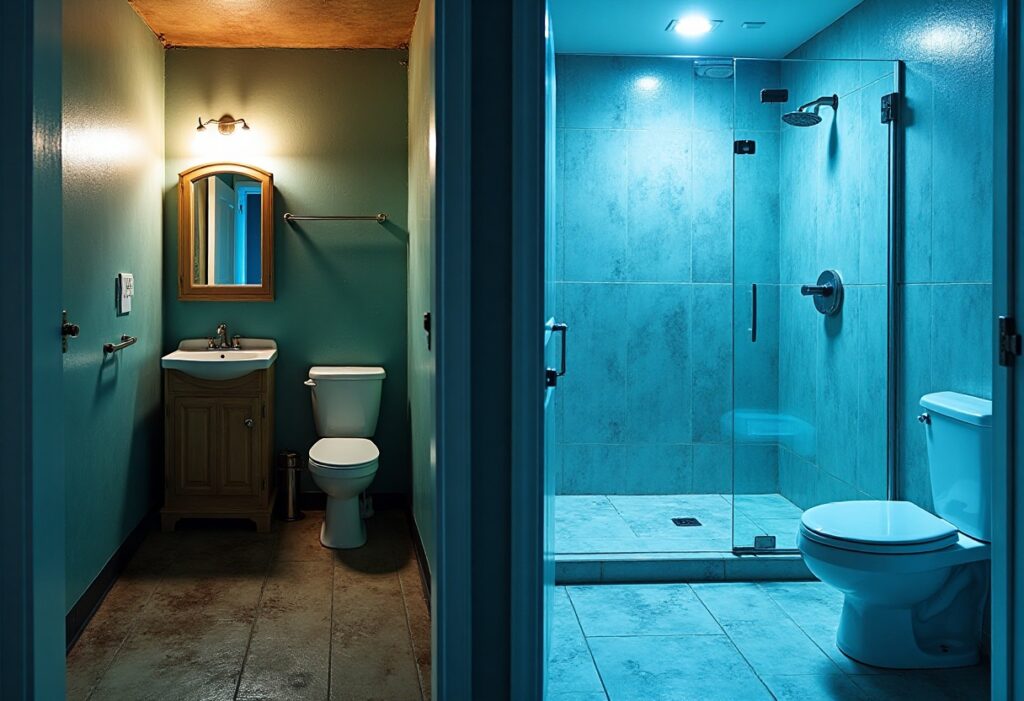
This master bathroom felt dated with its bulky corner jetted tub and cramped shower.
So, the remodel removed the dividing walls and created a seamless wet room. This features everything from large-format porcelain tiles to floating bench to freestanding soaking tub, and more.
Also, they installed brass fixtures and subtle lighting to add elegance while maintaining a minimalist aesthetic.
10. Double sink to functional family station

The previous layout of this bathroom had dual sinks but barely any counter space or storage. And this made mornings chaotic for a family of four.
As such, a custom-built extra-long vanity was the order of business.
Here, renovators went for divided drawer sections and an integrated tower cabinet to provide personalized organization. And to finish things off, they installed durable quartz counters and brushed nickel fixtures.
The result: A compact yet spacious bathroom apt for a family’s day-to-day use.
11. Closed-in shower stall to light-filled niche bath

As you can tell from these bathroom remodel before and after images, the original corner shower was dark, claustrophobic, and closed off from the rest of the room.
So, the renovators replaced it with a frameless glass enclosure, and it instantly opened the space.
The biggest change?
A new skylight directly above the shower flooded the space with natural light. And the white stone tiles helped reflect that light, making the entire bathroom feel bigger and brighter.
Frequently asked questions
What’s the average cost of a bathroom remodel like these?
Bathroom remodel costs can vary based on factors like project scope, type of finishes, and labor cost.
For instance, the cost of a master bathroom remodel involving simple upgrades like painting, swapping hardware, or upgrading fixtures can cost as little as $1,500.
A medium-range remodel, at the same time, involving replacing a vanity, updating tile, or redoing a shower typically falls between $8,000 and $15,000.
Full gut renovations are the most expensive, and with high-end finishes, custom cabinetry, and layout changes can easily run $25,000 or more.
How do you pick the right layout?
The best bathroom layout depends on how you use the space daily.
For instance, if your current layout flows well and fits your needs, keeping it will save time and money.
But if the room feels cramped, lacks storage, or creates bottlenecks during busy mornings, it’s worth exploring alternatives.
You can sketch out ideas by hand, use online design tools like the Kohler or RoomSketcher planners, or consult a bathroom remodel professional for an optimized layout.
What’s the biggest mistake people make in bathroom remodels?
Hands down, it’s underestimating the importance of proper lighting and ventilation.
You see, a poorly lit bathroom not only feels gloomy but can make daily tasks like shaving or applying makeup frustrating.
Worse yet, insufficient ventilation invites moisture buildup, which can lead to mold, mildew, and long-term structural damage.
And that’s exactly why I suggest you include an exhaust fan rated for your bathroom’s size. Also, if possible, install windows or skylights for natural ventilation.
Can you remodel your bathroom myself?
Absolutely!
But it depends on your skills, tools, and timeline.
For instance, many aspects of a remodel are DIY-friendly. And this includes painting walls, changing out mirrors or faucets, and installing a pre-assembled vanity.
However, when it comes to plumbing, electrical, or structural changes, it’s best to hire licensed professionals.
Remodel Your Bathroom for a Stunning Before & After!
Makeover your old bathroom and get stunning results with expert bathroom remodeling services.

Final thoughts
Like you can see in all of these bathroom remodel before and after images, these remodels started with an ordinary, outdated, or even downright ugly bathroom. But they all turned into something that feels fresh, functional, and personalized.
And the best part is that none of these upgrades are super expensive. Meaning you can go for these remodeling trends while staying in your budget.
Interesting, isn’t it?
For more such remodeling ideas or to hire a remodeling contractor, you can get in touch with us.
At Creative Design Ceramic Tile and Bath, we are seasoned home renovation experts with 38+ years of expertise under our belt. And we’ve got all your home renovation needs covered.
